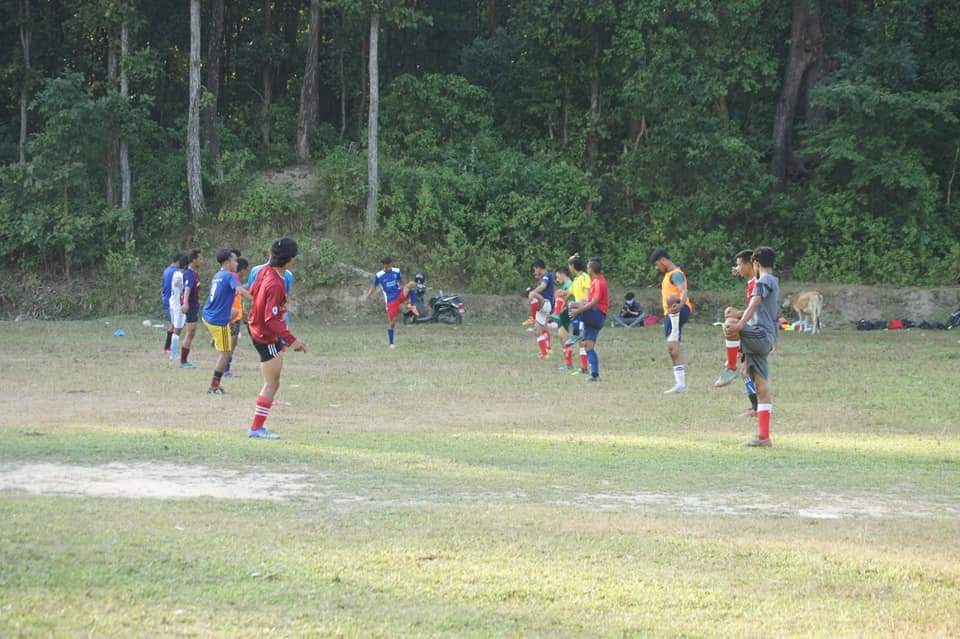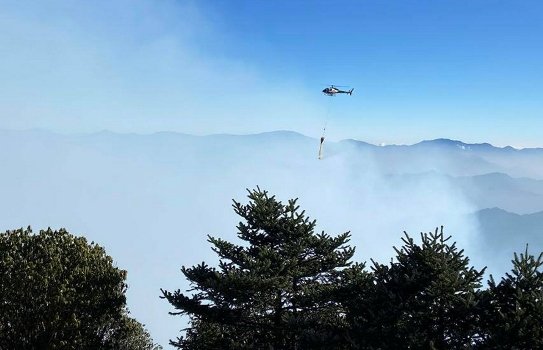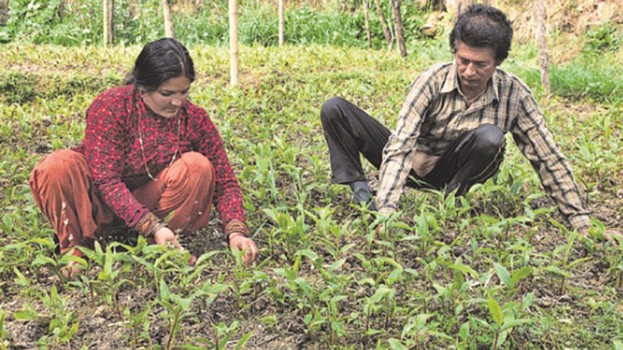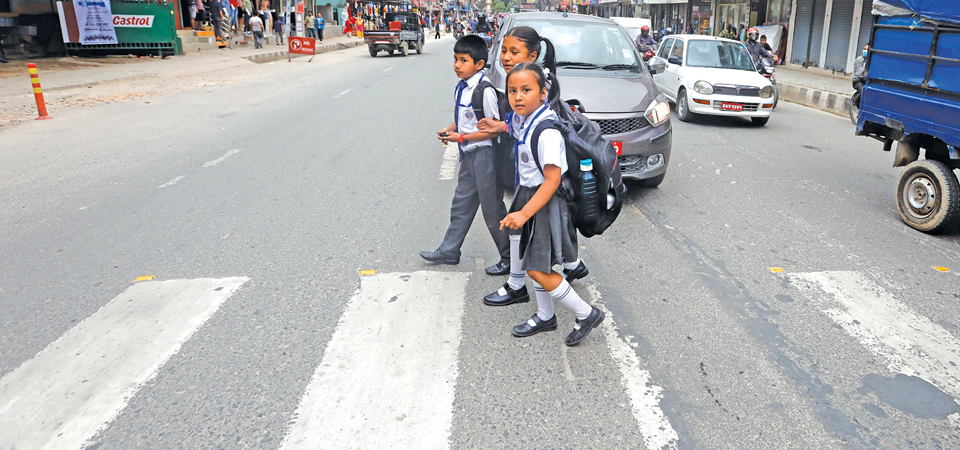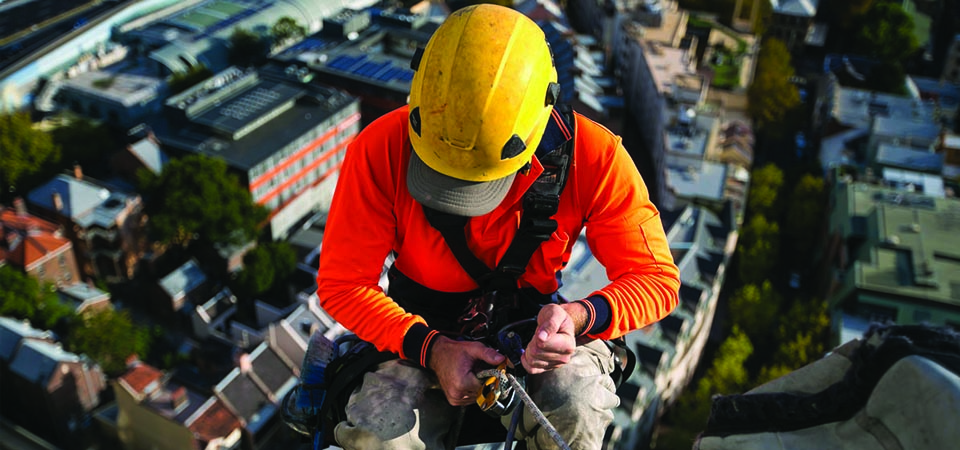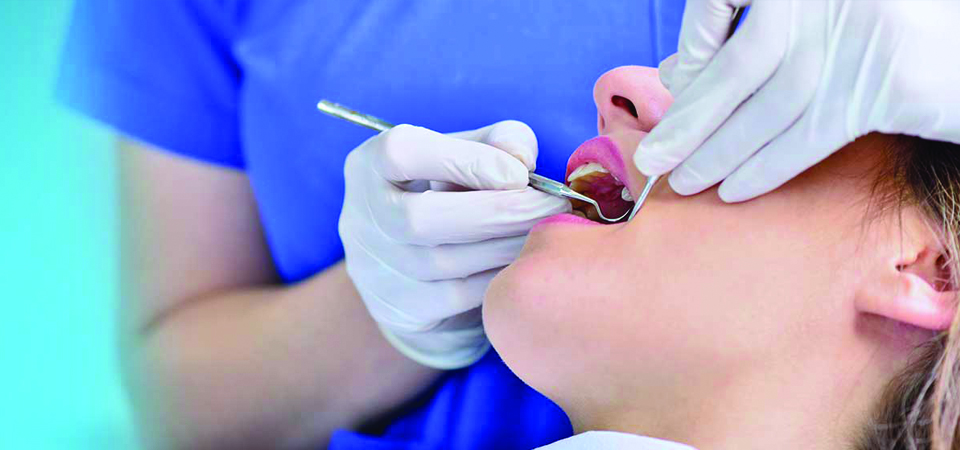Proper awareness can help prevent snakebite: Experts
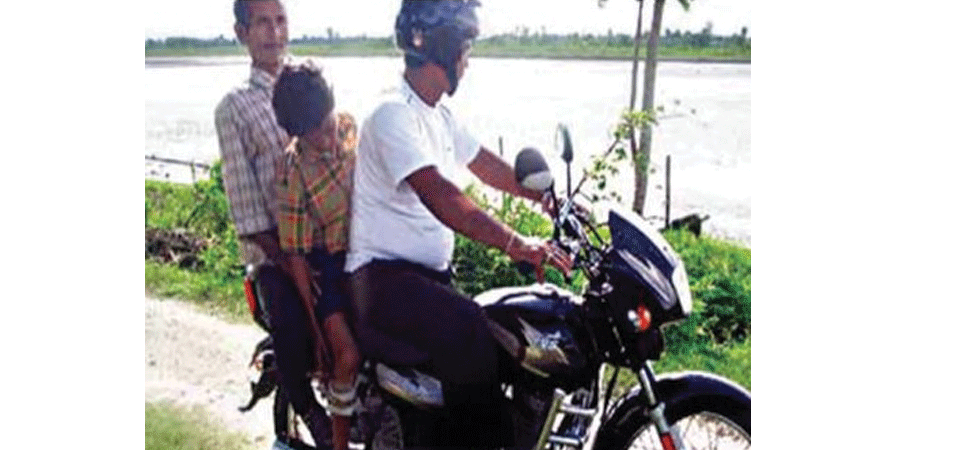
By Nayak Paudel
Kathmandu, June 6: The World Health Organisation estimates 20,000 people are bitten by snakes each year in Nepal resulting in over 1,000 deaths. Experts argue that these cases can be reduced highly with proper awareness and easing access to medical facilities.
Similarly, since the recent time is the peak season for snakes to appear, health experts and snake conservationists have requested public to be cautious and abide by preventive measures.
“Snakes, in large numbers, come out of the holes during the current season due to extreme heat and rain. It is also the time for their mating,” said Subodh Acharya, a snake conservationist and rescuer based in Kathmandu.
Over the years, youth involvement in snake conservation has been rising in Nepal. Social Media are also often flooded with photos and stories of several youths rescuing snakes from households and returning the captured snakes into the wild.
As per Acharya, snakes don’t bite humans until they feel threatened due to which snakebites can be prevented calmly.
“When an individual comes in contact with a snake, s/he shouldn’t attack it. They can leave the snake unalarmed and seek help from conservationists or security personnel; they will rescue the snake safely,” said Acharya.
Nevertheless, experts argue that lack of awareness has led people to continue with snakebites in different parts of the country – mostly Terai. In Terai, people are found to be not covering their body parts while working in the open fields despite Terai being the most proper habitat for snakes.
“Many people in Terai have poor houses and surroundings which provide residence to snake’s prey such as mouse and frog. Many people also sleep on ground due to which snakes can bite them. If people kept their body covered while working in fields and used mosquito nets while sleeping, they would be prevented from snakebites to a large extent,” said Dr. Hemanta Chandra Ojha of the Epidemiology and Disease Control Division (EDCD).
The EDCD’s Zoonotic & Other Communicable Disease Control Section looks over snakebite prevention and treatment related activities in the country.
As per Dr. Ojha, chief of the Zoonotic Section, while they have been raising awareness in local level for prevention of snakebites, the government has also been active in treatment of snakebites.
There are 87 health centers in over 30 districts – mostly of Terai region – in Nepal which have been providing treatment of snakebites. Government has also been continuously procuring required amount of anti-venom from different countries and distributing it throughout Nepal.
As per the National Guideline for Snakebite Management in Nepal, 89 species of snakes have been recorded in Nepal and among them 17 species – mostly Cobra, Krait and Pit Viper – are highly venomous and dangerous.
While the anti-venoms have been saving lives of many, the lack of transport facility has led to several deaths due to treatment delay. Experts also argue that people opting for superstitious belief such as using cow dung or witchcrafts or different herbs have also led to death of many snake-bitten individuals.
“Snakebites can be cured only with anti-venom due to which we have been making people aware to take victims directly to health centres. Since reaching health centre immediately is important, people have also started keeping motorcycles on standby for immediate rescue,” said Dr. Ojha.
As per Dr. Ojha, people in Jhapa have been using standby motorcycles to transport victims of snakebite to the nearby treatment centre at the earliest.
“With proper preventive measure and developing treatment facility snakebite incidents as well as fatalities can be reduced to a large extent. We have been a little affected by the pandemic but are continuously performing activities in snakebite control,” Dr. Ojha told The Rising Nepal.
The EDCD officials also informed that they were upgrading the record of snakebite incidents across the country. Similarly, they have also prepared guideline for snakebite treatment as well.
The snakebite victim is held firmly between the motorcycle rider and an assistant pillion rider to prevent the patient from falling off the vehicle during transport. (Photo Source: EDCD)
Recent News

Do not make expressions casting dout on election: EC
14 Apr, 2022
CM Bhatta says may New Year 2079 BS inspire positive thinking
14 Apr, 2022
Three new cases, 44 recoveries in 24 hours
14 Apr, 2022
689 climbers of 84 teams so far acquire permits for climbing various peaks this spring season
14 Apr, 2022
How the rising cost of living crisis is impacting Nepal
14 Apr, 2022
US military confirms an interstellar meteor collided with Earth
14 Apr, 2022
Valneva Covid vaccine approved for use in UK
14 Apr, 2022
Chair Prachanda highlights need of unity among Maoist, Communist forces
14 Apr, 2022
Ranbir Kapoor and Alia Bhatt: Bollywood toasts star couple on wedding
14 Apr, 2022
President Bhandari confers decorations (Photo Feature)
14 Apr, 2022



